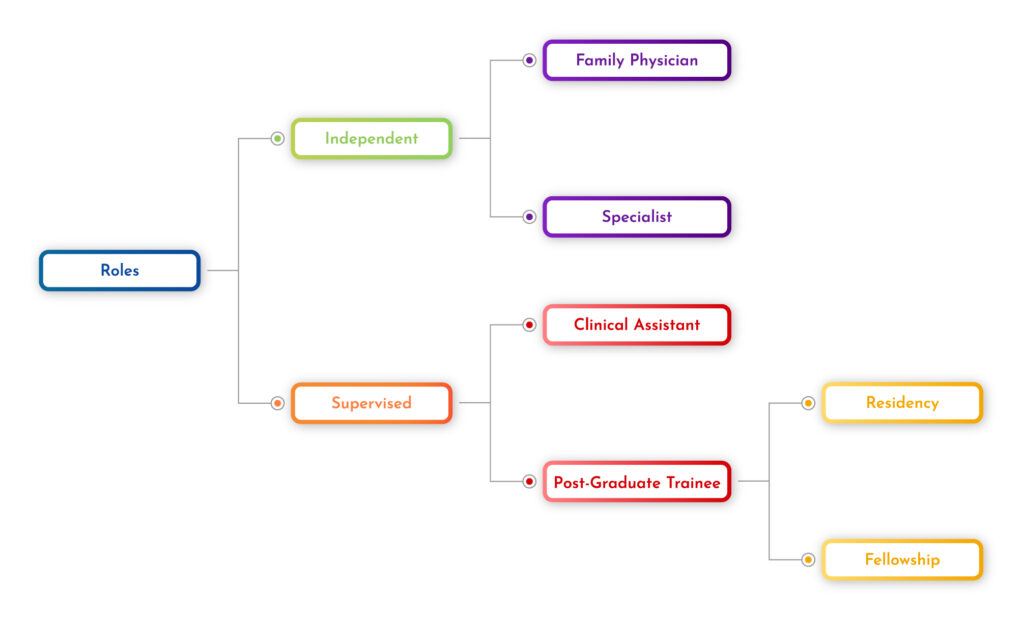


Furthermore, mapping of total biomass, forest canopy sizes and thicket patches in relation to time is essential to provide robust baseline information, as also is the identification of waterholes and potential refugia sites. Not only vegetation composition and abundance plays a critical role but in particular their temporal changes in seasonal terms and under current climate change issues. However, a variety of aspects need to be considered when using satellite imagery to map elephant habitat maps. Especially Landsat 8’s Operational Land Imager (OLI) datasets from the USGS Earth Explorer provided valuable information regarding wet as well as dry seasons.
#Q gisto tem a rola series
Mapping of elephant habitats, corridors and vegetation patterns has been successfully applied in this context using normalised difference vegetation index time series (NDVI) in combination with digital elevation models (DEM) derived from Landsat satellites. Spatial information at the landscape scale provides crucial information about the elephants’ ranging behaviour as a result of precipitation-driven dynamics of vegetation. A variety of applications using GIS, remote sensing and GPS tracking of individuals per collars have advanced in the last years and are increasingly used in this context. Spatio-temporal information regarding migratory patterns is thus crucial for conservation management to secure both sides of the coin: elephants and habitats. However, reported increases in populations and their long-ranging activity has a significant effect on vegetation abundance and composition, other species biodiversity and ecosystem productivity. As long-ranging vertebrates, elephants play an essential role in ecosystems and, nowadays, the local economy due to tourism. A thorough understanding of their migratory patterns is thus a prerequisite for successful management and conservation of elephant populations as well as habitat health. Their enclosure in reserves in order to avoid elephant-human conflicts and the related changes in population led to significant issues regarding living space as well as habitat degradation due to unsustainable proportions.
#Q gisto tem a rola drivers
Understanding the drivers of elephant abundance and distribution, both in Asia and Africa, is crucial for efficient elephant and landscape conservation since both species are running out of living space.


 0 kommentar(er)
0 kommentar(er)
